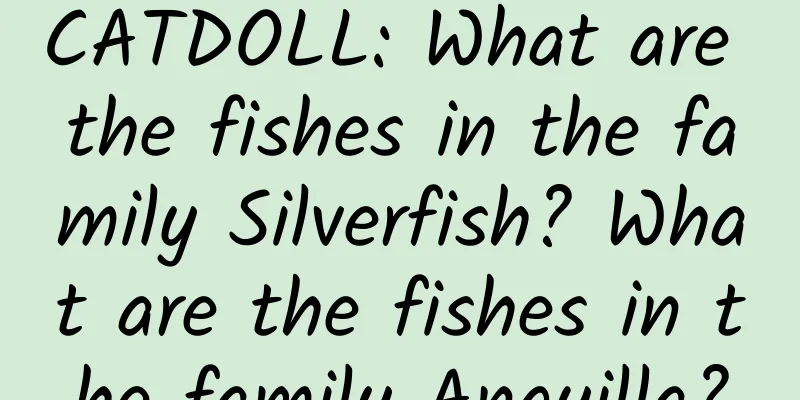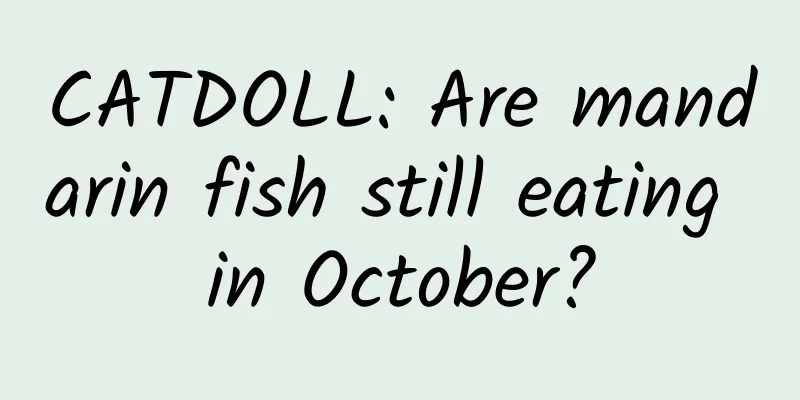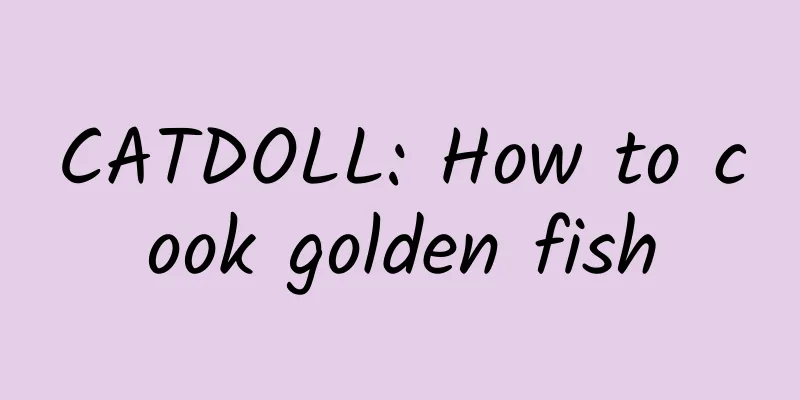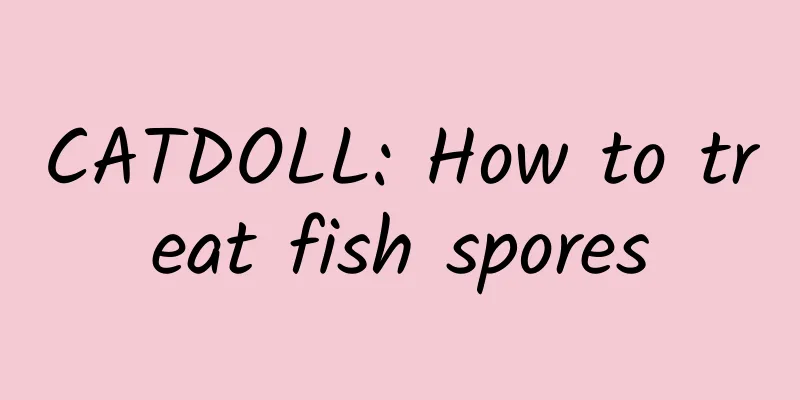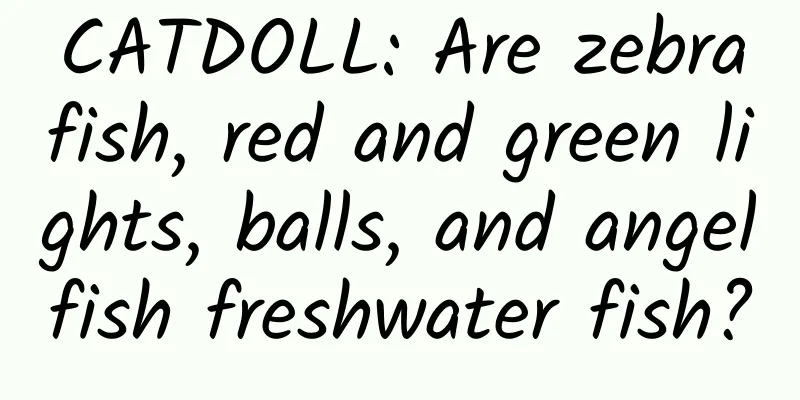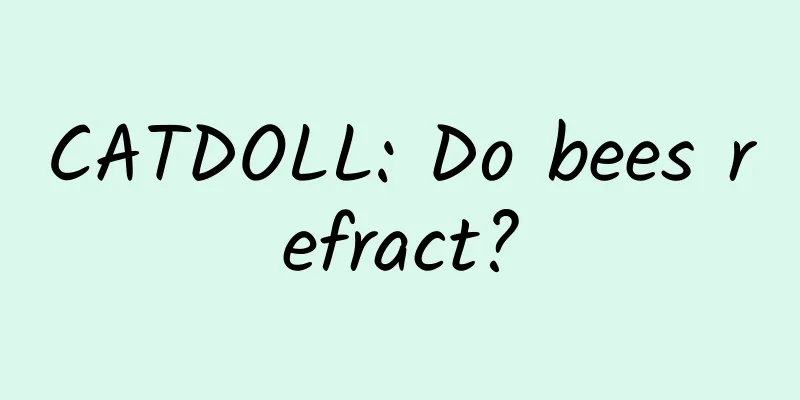CATDOLL : CATDOLL: Goldfish Disease Prevention and Treatment Methods
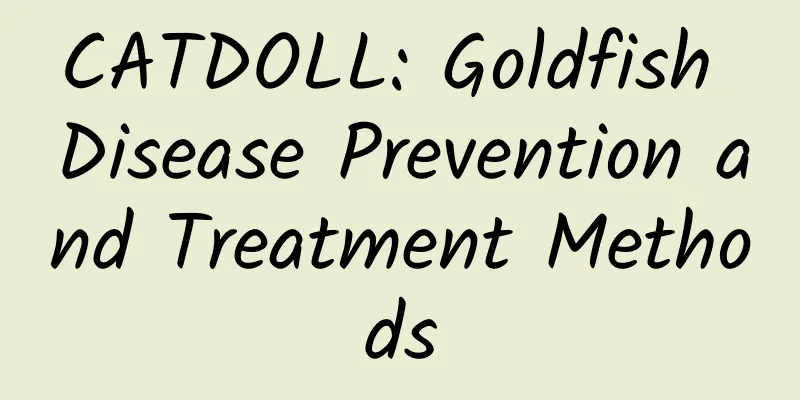
|
Common prevention and treatment methods for goldfish Common diseases of goldfish can be roughly divided into two types: infectious and non-infectious. The causative factors and symptoms are different. Virus and bacterial fish diseases Virus and bacterial fish diseases are generally infectious fish diseases. There are many types of infectious fish diseases and they are complicated. Some viruses and bacteria are often transmitted quickly and cause widespread harm. For this reason, the following are the key points: (1) Bleeding disease ① Causes: The factors that cause goldfish hemorrhagic disease are relatively complex, generally caused by viral, bacterial and environmental factors. It is generally believed that it is caused by Bacillus and parasites invading the fish body or careless operation, resulting in congestion, hemorrhage, ulcers and other phenomena on the whole body or in part of the fish body. ②Symptoms: The eye sockets, gill covers, oral cavity and bases of various fin rays of the diseased fish are congested. If the skin is peeled off, the muscles are dotted with congestion. In severe cases, all muscles are blood red. There are purple-red patches in some parts. In severe cases, there are bleeding in the mouth, eyes and internal organs. The diseased fish floats or sinks and swims lazily. In mild cases, the appetite decreases. In severe cases, the fish refuses to eat, has a dull body color, becomes thin, and has increased secretions. Sometimes, it is complicated with water mold and sepsis and dies. ③Damage and epidemic situation: The fish of the same year and a few one-year-old goldfish are affected. The smallest goldfish starts to get sick when it is 2.9 cm in length, which can cause a large number of goldfish to die. The epidemic season is generally from June to August. ④Prevention and control methods: During the cultivation of small goldfish, it is appropriate to dilute the fish and keep the pond water clean. Feeding fresh food such as water fleas, sword water fleas, and water earthworms three days a week has a certain effect on preventing this disease. Sprinkling bleaching powder with a concentration of 1ppm in the epidemic season and preventing it once every 15 days has a certain effect. Soaking with 10ppm red old element for 50-60 minutes, and then sprinkling the whole pond with 0.5-1ppm furazolidin, and then sprinkling the whole pond with the same concentration after 10 days. In severe cases, put 1 million units of kalamycin or 80,000-160,000 units of gentamicin in 10 kg of water, and let the sick fish rest in water for 2-3 hours, or change to new water after half a day, once a day, generally 2-3 times can cure it. (2) Gill rot ① Cause: Bacterial gill rot caused by bacteria (Myxococcus) is also called Aconitum plague. Its bacteria have the characteristics of clustering and poor salt tolerance. Microscopic examination shows that the two ends of the bacteria are blunt, slender, and without flagella. One end is fixed on the gill tissue, and the other end swings left and right, making it easier to identify. ②Symptoms: The gill filaments are pink or pale, followed by tissue damage, increased mucus, and sludge. In severe cases, the inner epidermis of the gill cover bone is congested, and the epidermis in the middle part is also corroded into a slightly circular transparent area, commonly known as "open skylight", with cartilage exposed. Due to the destruction of the gill filament tissue, the diseased fish has difficulty breathing and often swims close to the water surface and floats. Severely ill fish still float after changing to clean water. ③ Hazards and epidemic situation: The epidemic begins when the water temperature is above 20℃. The epidemic season is mostly in late spring and early summer, and late summer and early autumn. ④Prevention and control measures: Soak with 2% salt water solution. Soak for 5-10 minutes at a water temperature below 32°C. Soak with 20ppm of furazolidone or furazolidone for 10-20 minutes; or spray the whole pond with 2ppm furazolidone solution, soak for several days, and then replace with new water. Dissolve penicillin or gentamicin in the pond (tank), the dosage is 800,000-1.2 million units of penicillin (160,000 units of gentamicin) dissolved in 50 kg of water and spray the whole pond. Spray 1.5-3 grams of gallnut decoction per cubic meter throughout the pond. (3) Enteritis ① Cause: The cause of enteritis in goldfish has not been completely confirmed. However, most scholars believe that this disease is caused by Aeromonas punctata in the intestine, so it is also called bacterial enteritis or rotten intestinal plague. ②Symptoms: The fish will initially appear to be floating, slow in movement, isolated from the group, anorexic, or even lose their appetite. The fish body will turn black, especially on the head and tail fin. Red spots will appear on the abdomen, and the anus will be red and swollen. In the early stage, white thread-like mucus will be excreted or constipated. In severe cases, blood-yellow mucus will flow out when the abdomen is lightly pressed. When the fish is dissected, it can be seen that the intestines are inflamed and congested, and even purple, so they will die soon. ③Season of onset: mostly seen from April to October. ④Prevention and control methods: Avoid feeding rotten and spoiled feed to prevent food damage caused by cold. Dissolve 0.1-0.2 grams of furazolidinone or sulfamethoxazole in 5 kg of water, and then soak the sick fish for 20-30 minutes, once a day. For routine prevention, you can also use 0.25 grams of oxytetracycline, 0.25 grams of tetracycline, or 0.1 grams of norfloxacin and other antibiotics. The dosage is 2 tablets in 50 kg of water, and change the water after soaking for 2.3 days. Spray the entire pond with furazolidinone or sulfamethoxazole solution, and the dosage is 0.1 grams per 50 kg of water. Mix 0.1 grams of sulfamethoxazole per 1 kg of fish body weight in artificial feed and feed it to sick fish once a day for 3-4 consecutive days. (4) Vertical scale disease (pine scale disease, vertical scale disease) ①Cause: It is an internal disease caused by infection with small punctate phase bacilli. ②Symptoms: Generally, the scales on both sides of the diseased fish explode outward, the epidermis becomes rough, the mucus secretion is less, the tissues at the base of the fins become inflamed and congested, edematous, the abdomen is swollen, and in severe cases, death may occur. ③Season of disease: Generally more common in winter and spring, and the most harmful ones are goldfish over 2 years old. ④Prevention and control measures: Soak the diseased fish in a mixture of 2% salt and 3% baking soda for 10-15 minutes, and then place it in fresh green water containing trace salt (1/10000-1/5000) to rest. Soak the diseased fish in a 20ppm solution of furacilin for 20-30 minutes. Spray the whole pond with 1-2ppm furacilin. Use 1-1.5ppm for water temperatures above 20℃ and 1.5-2ppm for water temperatures below 20℃. Spray 0.2-0.5ppm of red mold for poultry and livestock. (5) Saprolegniasis (skin fungus disease, white hair disease) ①Cause: A fish disease in which Saprolegnia invades the fish body and parasitizes on the wounds of the fish's fins or rotten fish eggs. It is a fungal skin disease. ②Symptoms: There are grayish white cotton-like hyphae on the body surface or fins of the diseased fish, so it is also called post-traumatic disease. The tissues where the hyphae are attached are necrotic, and the wounds are inflamed, congested or ulcerated. In severe cases, the hyphae are thick and dense, the fish body is overloaded, swimming slowly, and losing appetite, eventually leading to death. ③ Epidemic season: It can occur throughout the year, especially in early spring, late winter and the season with insufficient sunlight and continuous rain. ④Prevention and control methods Avoid fish injuries. Before wintering, use drugs to soak or spray the whole pond to kill parasites. Apply 5-10% malachite green to the wound or soak for 3-5 minutes with 66ppm malachite green. Sprinkle the whole pond with a mixture of 4-5‰ salt and 4-5‰ baking soda. Sprinkle the whole pond with 2 grams of decoction of gallnut per cubic meter of water. (6) Powdery mildew (white coat disease) ① Cause: This is a disease caused by the invasion of acidophilic dinoflagellates into the fish body. It is also called dinoflagellates disease. ②Symptoms: In the early stage of the disease, the fish will have more mucus on its body surface, and white spots will appear on the dorsal fin, caudal fin and body surface, which will gradually spread to the caudal peduncle, head and gills. At a glance, it is similar to white spot disease. Then the white spots overlap, and the whole body looks like a white coat, hence the name. In the early stage of the disease, the fish will not rush for food like before, have a decreased appetite, be sluggish, have poor pelvic fins, and rarely swim. In the later stage, the fish will swim slowly, and will occasionally float on the water surface or gather in groups. Finally, the fish will gradually lose weight and respiratory obstruction will lead to death. ③ Epidemic situation: This disease occurs in acidic pond water and mainly harms goldfish of the current year. The epidemic season is from late spring to early autumn when the water temperature is 22-32℃. ④Prevention and control methods: Transfer the diseased fish to a fish pond (tank) with slightly alkaline water (pH 7.2-8.0). Sprinkle the whole pond with quicklime at a concentration of 5-20ppm. Suitable for outdoor earthen ponds or large fish ponds. Sprinkle the whole pond with sodium bicarbonate (baking soda) at a concentration of 10-25ppm. Suitable for small water bodies. (7) Printing disease (skin rot disease) ①Cause of disease: Aeromonas punctata invades the fish surface, causing fish muscle rot and inflammation. ②Symptoms: The disease mainly occurs in the dorsal fin and the body behind the fin, followed by the ventral side or both sides near the anus, and a few occur in the front of the fish body. The skin and muscles are first inflamed, and erythema appears, which then expands into a round or oval shape with smooth edges and clear boundaries, like a brand, commonly known as "print disease". As the disease progresses, scales fall off, skin and muscles rot, and even perforate, and bones or internal organs can be seen. The sick fish are thin and swim slowly. When the disease is serious, they die one after another. ③ Epidemic situation: It occurs nationwide, with the peak period in summer when the water temperature is around 28-32℃. ④Prevention and control methods: Spray 1ppm bleaching powder throughout the pond for disinfection during the disease season. Use 20ppm furacilin for 10-20 minutes. Inject 100,000 international units (or 40,000 international units) of green willow extract to each goldfish. At the same time, scrub the affected area with potassium permanganate solution, using 1 gram of potassium permanganate for every 500 grams of water. (8) White head and white mouth disease ① Cause: caused by the invasion of myxococci into the fish body ②Symptoms: The head and mouth of the diseased fish are milky white, and the lips are swollen, so that the mouth cannot be opened and closed and breathing is difficult. Severely diseased fish have ulcers in the affected area, and some fish have congestion in the head. The diseased fish floats on the water surface, is thin, and has a red body color. It reacts slowly to people and dirt and dies soon. ③ Epidemic situation: The epidemic season is generally from early May to late July, mainly attacking goldfish fry. The disease develops quickly, comes violently, and causes serious damage. ④The prevention and treatment methods are the same as those for gill rot. (9) Goldfish tail rot disease ①Cause: Tissue damaged by parasites becomes infected by bacteria. ②Symptoms: The tail fin of the goldfish is white and cracked at the end. In severe cases, the tail fin may rot. This disease often occurs in goldfish with thin tail fins, especially pearl fish. ③ Epidemic situation: This disease can occur from fish to spawning parents and can occur throughout the year. ④Prevention and control methods: Apply 1% malachite green aqueous solution to the affected area. Once a day for 3-5 consecutive days. Then use 1-2ppm furazolidone (or furazolidone) 1ppm to spray the entire pond. Use 0.8-1.5ppm rivanolide to spray the entire pond. Suitable for precious varieties. |
>>: CATDOLL: Is Tongwei feed good? How is the feed quality?
Recommend
CATDOLL: How many months does it usually take to raise silkworms? (How many months does it usually take to raise silkworms to make cocoons?)
1. Which month is it best to raise silkworms? The...
CATDOLL: How many fish can be produced by raising grass carp, silver carp and crucian carp in a newly built cement fish pond of about two acres?
I often hear some aquaculture farmers say that &q...
Farming experts teach you how to disassemble the farming process and improve farming efficiency
introduction In modern aquaculture, improving aqu...
CATDOLL: Crab origin (Which province is the hairy crab produced in)
The main producing areas of crabs are Suzhou, Jia...
CATDOLL: What do sea urchins eat?
What do sea urchins eat? Question 1: What do sea ...
CATDOLL: Is there any other value in planting mulberry trees in rural areas besides feeding silkworms?
Uses of Mulberry Tree Silkworm breeding. This goe...
CATDOLL: Can rudin chickens hatch their own chicks? How to keep rudin chickens warm after they are hatched?
1. Can Rudin chickens hatch chicks by themselves?...
CATDOLL: How to remove a beehive at home
1. How to remove a beehive at home First, use ins...
What to do if your cat eats fried fish
If your cat eats fried fish, it may cause symptom...
CATDOLL: Do loaches and eels eat earthworms?
1. Do loaches and eels eat earthworms? Loach and ...
CATDOLL: How to raise silkworms (Tips on raising silkworms)
1. A beginner’s guide to silkworm farming? 1. Bre...
CATDOLL: What should I feed my arowana?
1. What should I feed my arowana? Young dragon fi...
Cats can eat cat grass when they are a few months old.
Cats can eat cat grass at 8 months old. Cats do n...
CATDOLL: What kind of breeding license is required for cicada breeding (what kind of license is required for cicada breeding)
1. Do I need a special breeding license to breed ...
CATDOLL: How to solve the problem of laying hens not meeting the weight standard?
How to solve the problem of laying hens not meeti...
